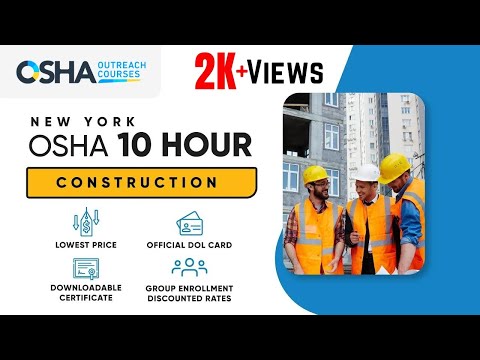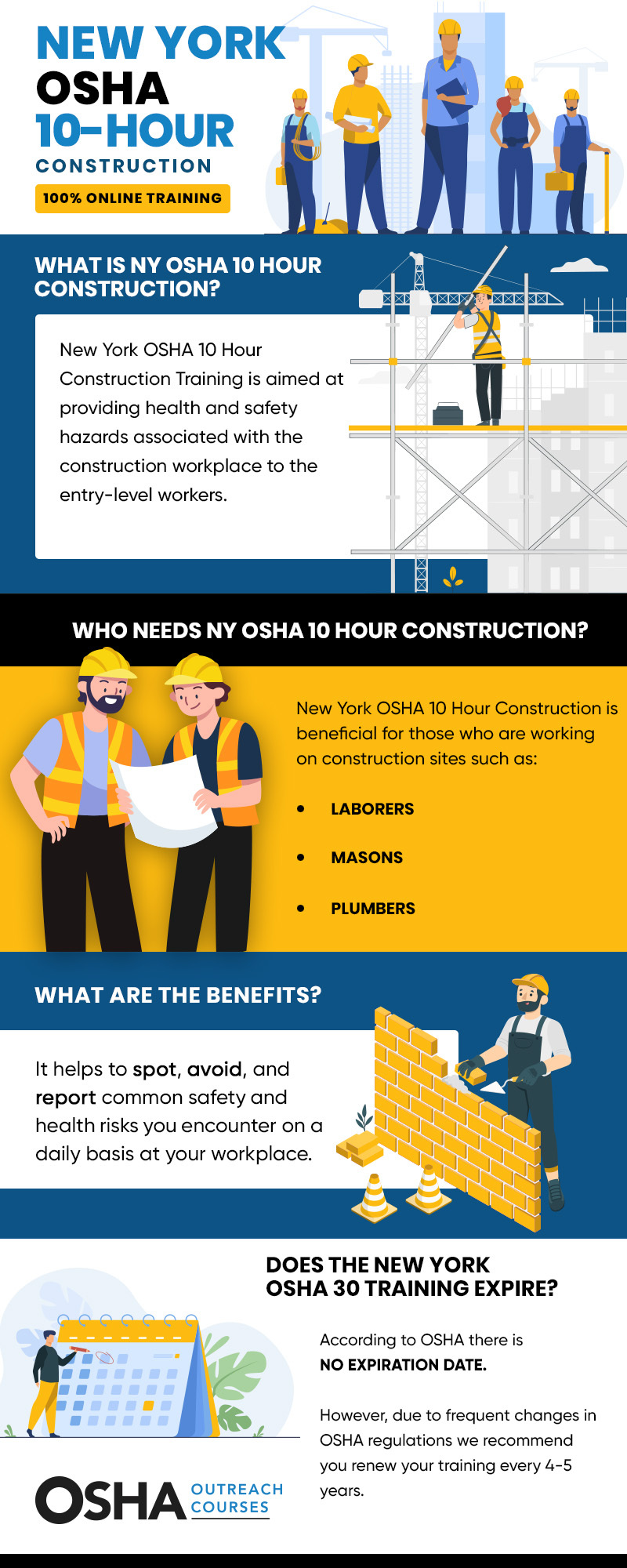
New York OSHA Outreach 10-Hour Construction
$45 $89.00
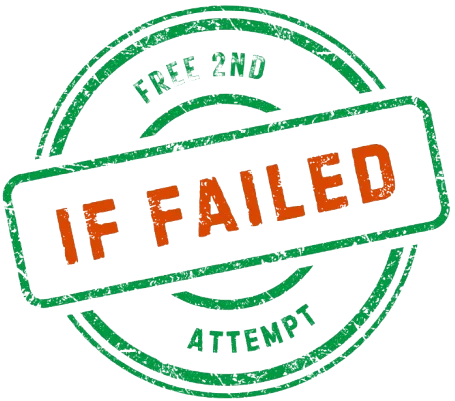
Enroll Now
New York OSHA Outreach 10-Hour Construction
$45
$89.00
Satisfied Customers








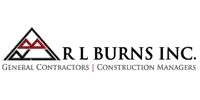
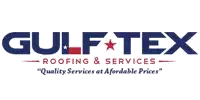
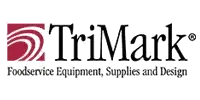
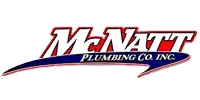
Why Workers Choose Us
Free Study Guide
Access to quality material
One Free Course
Enjoy bonus learning
No Hidden Cost
Transparent pricing only
Professional Support
24/7 customer assistance
Who Should Take NY OSHA Construction Safety Course
- Entry-level construction workers: Ideal for individuals starting their careers in construction and seeking essential safety knowledge.
- New York City construction site employees: Designed for workers operating on NYC job sites that require OSHA outreach training.
- Workers meeting Local Law 196 requirements: Required for those needing an OSHA 10-Hour card to qualify for their SST Worker Card.
What You Will Learn
In the OSHA 10-Hour Construction course, you will learn the fundamental safety practices every construction worker needs.
Course Outline
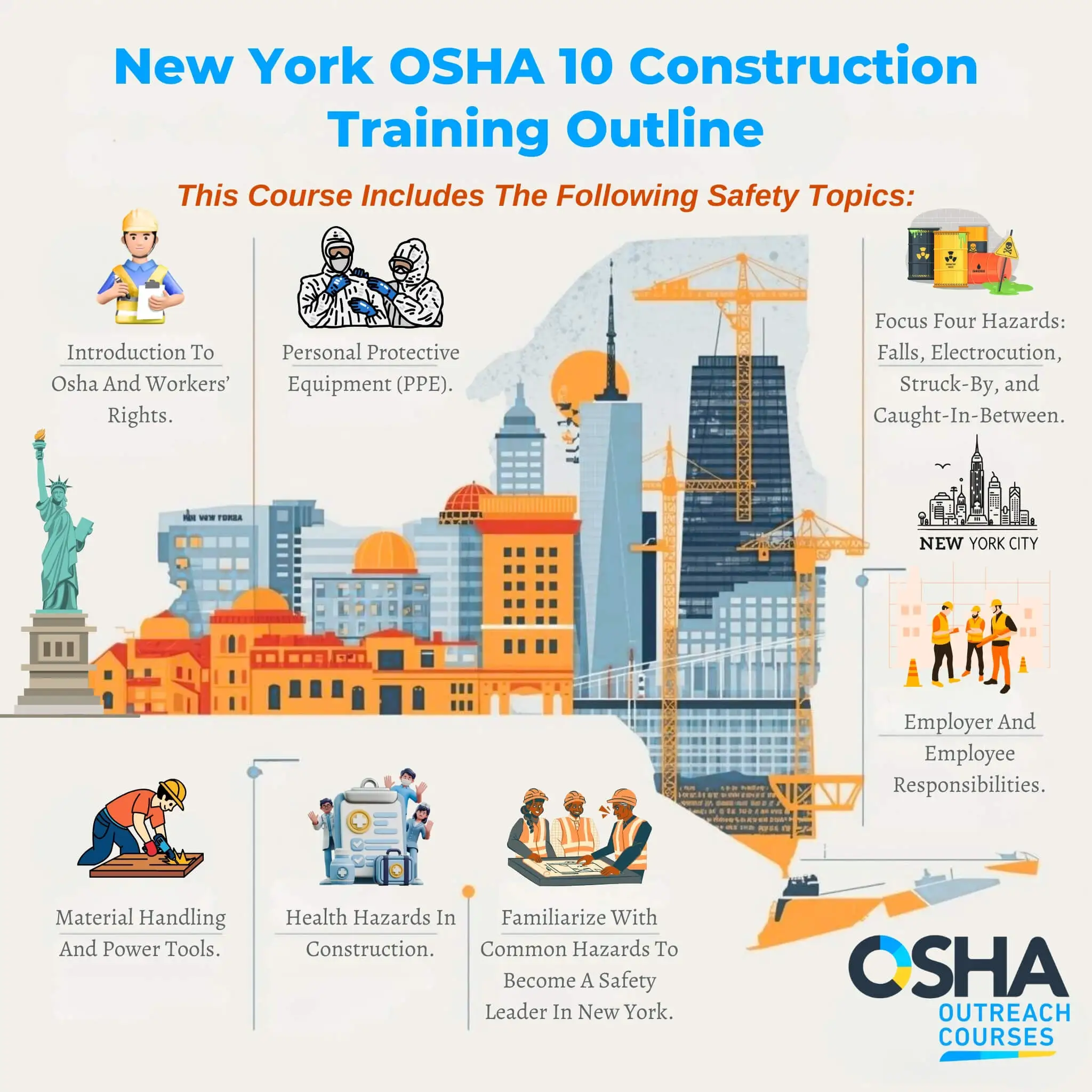
How Does The Online Program Work?
Cost of OSHA 10 NY Construction Training Course
The price of the OSHA 10-Hour Construction course varies by provider, typically ranging from $42 to $59 for online programs. While discounts and flexible payment options can make training more affordable, be cautious of so-called “free” OSHA 10 courses, as they are often not OSHA-authorized or accredited. You can also choose to pay through AfterPay, which divides the total cost into four equal installments. To check if a discount is currently available, feel free to reach out to us via chat.
Group Discount for Corporate Accounts

How to Enroll in New York OSHA Outreach 10-Hour Construction
1
Choose an authentic course provider.
2
Complete the registration process & pay for the course.
3
Start your training program from the first module.
4
Finish all the modules and pass the exam.
Benefits of Online OSHA NY Construction Course
This program is self-paced and completely online for trainees.
- Self-paced and mobile-friendly.
- Start anytime, from anywhere.
- Receive an official DOL OSHA 10 wallet card, valid nationwide.
What You Will Get
After completing this program, you will receive nationally recognized credentials that verify your training, serve as official proof of completion, and grant continuing education units (CEUs).
OSHA 10 DOL Card
Successful trainees will earn a plastic 10-Hour DOL card in six to eight weeks after completing their course. The card will be issued by the US Department of Labor and will be sent directly to your provided address. An NY OSHA DOL card will make you eligible for employment with a variety of employers in New York.
IACET CEUs
IACET Continuing Education Units (CEUs) are a standardized measure of professional learning recognized across industries. They document the time and quality of continuing education, helping professionals demonstrate verified training and career development. You will earn 1.0 IACET CEUs from this program.
Certificate of Completion
Workers who complete the NY safety course earn a Certificate of Completion. While this is sometimes confused with an OSHA certification, it is important to remember that OSHA doesn’t certify individual workers.
Guide To New York OSHA Outreach 10-Hour Construction
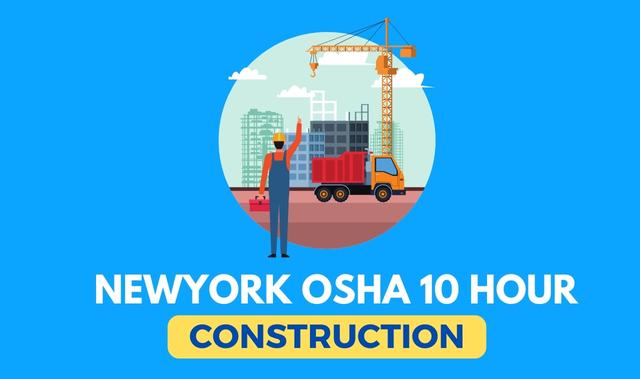
How to Get an OSHA 10 Card in NYC
Enroll in the online OSHA training.
Complete the course at your own pace.
Pass the quizzes and final test.
Receive a free course completion certificate instantly.
Get your official DOL OSHA 10 card by mail.
Delivery for New York addresses usually takes 6-8 weeks after course completion.
FAQs
The DOL card does not expire. However, due to regular updates in OSHA regulations, renewing the training every four to five years is recommended.
The New York OSHA 10-Hour Construction course is accessible online. This enables you to meet OSHA training requirements from the comfort of your home. The course is self-paced and this allows completion at your convenience within six months of registration.
Yes, the courses are offered through an OSHA-authorized training provider, UL Solutions (PureSafety). Our team is available to assist you until you receive your DOL Card and for any subsequent inquiries.
Yes, this course expires if you don't complete the training within six months.
Yes. The NYC Department of Buildings requires workers on construction projects to have OSHA 10 or OSHA 30 training under Local Law 196.
Additional Resources
About OSHAOutreachCourses.com
Since 2015, OSHAOutreachCourses.com has been trusted by thousands of New York construction workers.
Join our mailing list
Get announcements, industry updates, and promotional offers.
